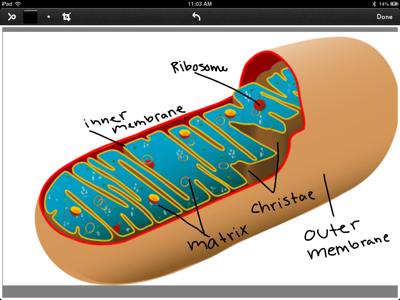Sign up for FlowVella
Sign up with FacebookAlready have an account? Sign in now
By registering you are agreeing to our
Terms of Service
Loading Flow

Mitochondria
Structure:
Function: power plants of the cell, break down food fuels to form ATP from ADP
